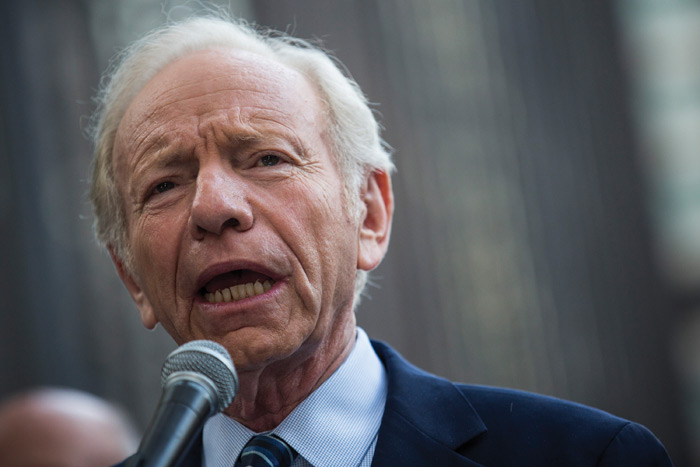Imagine a new member to the family. The real or prospective son- or daughter-in-law is not sat down and explained the family ways, nor given diagrams, lists and rules for behavior. They are told stories.
The stories the family tells, the order and frequency in which they occur, their importance in the history (indicated generally by the hilarity with which they are received), and, indeed even the inevitable family disputes as to facts of time, place and dramatis personae, instruct the newcomer in expected performance.
Why is it remembered that Uncle Maury thought a Chris-Craft was a raft for Christians? It certainly means something, else, why was it both remembered and repeated with glee?
Perhaps it was meant to explain how unassimilated or naïve he was, and how the current family, in contradistinction, can’t be distinguished from the Gentiles. Perhaps it is told in love, teaching the newcomer how the family, though now indistinguishable from its Christian neighbors, harbors a profound respect for the Immigrant Generation, who build us all a life, while lacking understanding of the American Language.
I may have a third meaning. The newcomer will most probably not be consciously aware of a meaning (whatever meaning) the story carries. But he will remember it, and the circumstances of its telling, and the attitude of the family.
The Torah is a family story. It may be understood as the Family of the Jews or of the West or of Man, but it is the story of a family. It begins with the dyad and continues through their descendants and into the Nation State.
Each generation and its individuals are described and treated primarily as actors in a family drama; Abraham and his wife and sons, one of whom he almost slays; Isaac, and how he found a wife; Jacob, the mother’s boy, and the way he fooled his father and alienated his brother Esau.
Jacob had 12 sons, and the squeaky wheel, Joseph, was hated by them. They took him out and lost him. Then the no-good son became the effective king of Egypt and brought the others down there. Which brings us to the story of Moses, his brother, his sister and the Family Business.
If these stories were retold in a modern vernacular, it would be seen that they, in their wonders, anomalies, unsettling dissonances and ironies, are no different in kind from Uncle Maury and the boat; Aunt Shirley and the losers she keeps marrying; Sherman and Hy, and their lifelong squabble over the Carpet Store; or the way Aunt Harriet was due to get on the Plane That Crashed, and the Little Old Lady told her not to go.
Those who might protest the inconsistencies or impossibilities of the Bible should listen closely to the jokes and squabbles at the next Seder.
They will find the Family Table stories have their own trope, and are repeated much as the Torah is read; with special emphasis; both to make them memorable, and to reveal their hieratic nature. And they will note the disputes arising over every story. No, that was not Aunt Harriet, that was Aunt Sal; and it didn’t happen at the Lake, but that year in the Mountains. They will see, further, that the commentaries (“I told Bess that I never liked him,” “Susan did the exact same thing in 1955 — I wonder if it runs in the family”) are themselves canonical, thus, effectively the Talmud of the family tale.
What boor would say, “I do not believe that one can smuggle a twelve hundred pound swordfish across the U.S. border, or that a woman can marry not one but three husbands with Exactly the Same Name?” The family myths, presenting themselves as entertainment, are, like all great entertainment, deeply satisfying, ennobling and constructive of community unity. They are not presented as a test for the rationality of their recipients, as if they were a “Find the Errors in This Picture” puzzle in some magazine for children. The newcomer will find, as he enjoys, wonders at, (and thus, imbibes the ritual presentation and the commentary) that he is not so much learning about the family, but becoming one of them.
An actual introduction to the characters of the myths is irrelevant. Though they exist in their own right, they, as characters in the family Torah, are archetypes, who may, at best, bear a name similar to that of the uncle whose hotel burned down on his wedding night, or the woman passing the charoset.
This is the genius of the Torah. It is the bedrock of Western Civilization, and the stories it tells, if we Jews and Christians repeat them, read them, study and argue about them, make us a part of the Family of the West, as their rejection makes us visitors.
David Mamet is a Pulitzer Prize-winning and Tony- and Oscar-nominated playwright, essayist, screenwriter and film director. His latest book is “The Secret Knowledge: On the Dismantling of American Culture” (Sentinel).






















 More news and opinions than at a Shabbat dinner, right in your inbox.
More news and opinions than at a Shabbat dinner, right in your inbox.